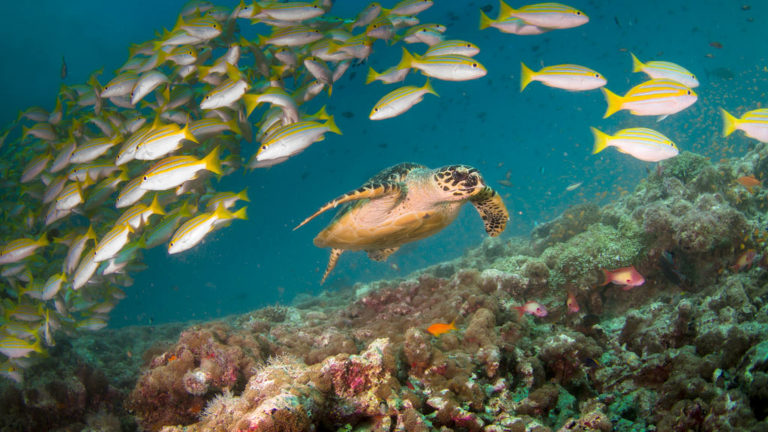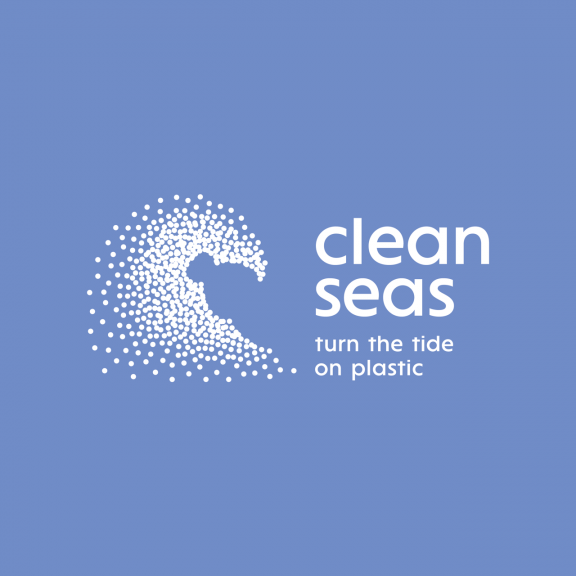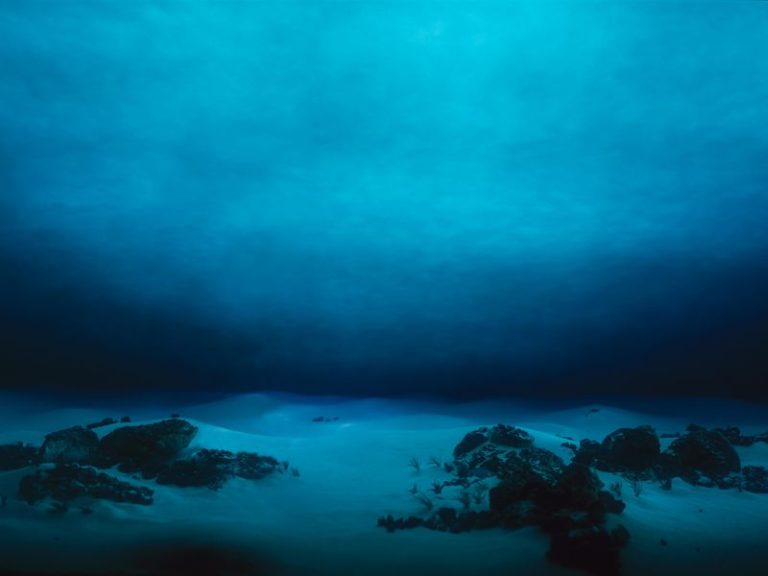This blog piece is part of a new GDEP series, Back to Basics. In Back to Basics we will explore topics that you probably learned about at some point. Maybe it’s been a while and you’ve forgotten, or maybe you’d like a bit more information! It is our belief that understanding the foundational elements is paramount to grasping the more complicated questions we seek to understand through our research. We welcome feedback on topics you’d like us to explore, and in the meantime, we hope you enjoy this series!
It was a windy day, and as a wave of frothy brown crashed into the rocks separating the beach from the restaurant patio, a fine spray of cool, salty water misted our foreheads. I held my nephew so he could see over the rail to the action below. Morning waffles at a restaurant on St. Simons Island, Georgia had given way to a crescendo of sugar-fueled laps on the neighboring grass. To the palpable relief of our fellow diners, this sequence of events had recently concluded in some calm beach observation.
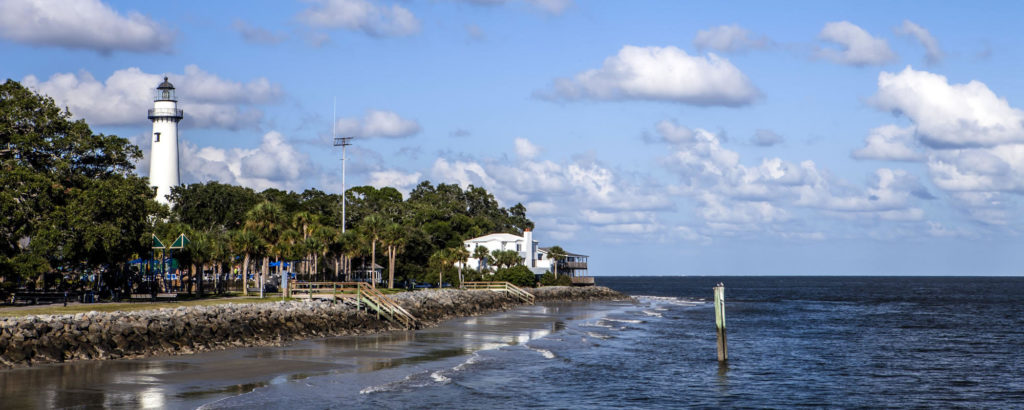
I told my nephew the tide was coming in, and he offered his favorite three-letter word, a frequent reprise in our conversations—
Why?
“Well buddy,” I responded, glad this was a question that I knew the answer to for once, “the moon pulls on the earth, and it makes the tides wash in and out twice a day!”
“Does the sun help too?” he asked. “Nope, just the moon!” I said, but my confidence in my statement was shaken as soon as it had left my mouth, and I realized that I could not remember whether the sun helped.
I recently nominated myself as my nephew’s science educator. It’s a mutualistic relationship; he is fascinated by the natural world, and I frequently unearth my buried enthusiasm and awe when in his company. This experience forced me to rethink this role. Perhaps I am not qualified to be his science educator if I can’t remember such simple lessons from my youth. But I’ve got one thing going for me. I am used to making a fool of myself, and I am happy to admit my mistakes to anyone, no matter how tall or how tiny. After some quick research I realized I was wrong, yes the sun helps too. Later that day I confessed my error to my nephew and told him that he was right. The sun does indeed help out the moon.
This past weekend, I was at the beach with young Socrates once again when he asked,
“What is sand made out of?”
This time, I was prepared and aware of my own ignorance. “That’s a great question, buddy! Let’s look that up when we get home and talk about it.” God bless the internet.
Four-year old children will keep you on your toes. They are fascinated with everything and yearn to understand how things work. Their interest is sometimes foreign to us weary adults just trying to survive from morning coffee until bedtime. They will ask you, “why?,” until you have arrived at an explanation of subatomic particles, and then they will ask it again. Your brain will break and you will lose confidence in everything you once thought you knew. But their questions will remind you to go back to the foundation of the question. If you take the time to find the answers to their querries, you will relearn what things are and why things are. And in doing so, you will develop a better understanding of everything you thought you knew so well.
Labor day marks the end of summer. Kids are heading back to school. And this means none of us are safe. They will be learning new things, and they will have questions. And if you think you will never be on the receiving end of these questions because you have no children, I leave you with the tale of a Terminix employee who tried to perform a yearly home inspection as he was trailed by young Socrates—
“What are termites?
Why are you doing that?
Why do they eat the house?
What are they made of?
Where do they live?”
And on, and on, and on, and on….
But fear not! We are here for you with answers to questions that my nephew (and many other children) frequently ask about the area where we conduct our research for the Georgia Dolphin Ecology Program—the Georgia coast—and our study species—the Atlantic bottlenose dolphin (Tursiops truncatus). I offer this in hopes that you will be more prepared than I the next time you see a glimmer of interest in a child’s eye, and you hear that dreaded and wonderful three-letter word…
Why?
How Do Tides Work?
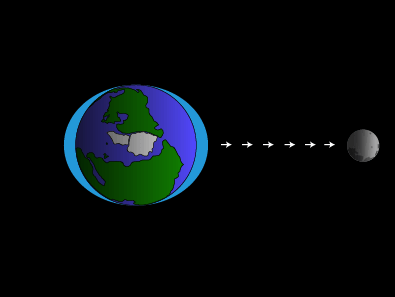
The question that started it all. As NOAA’s SciJinks website describes, the moon’s gravitational pull creates a tidal force that tugs on our planet and its waters. Water bulges on the sides of the Earth that are closest to, and farthest away from the moon. The bulges represent high tides, and the Earth’s rotation moves different areas of the planet through the high tides twice a day. The continents’ lands interfere with tidal force response, blocking the water in some places, and this creates differences in magnitude of high and low tides experienced in different locations.
And as my nephew reminded me, the sun does help. It does not influence things so markedly as the moon, but during full moon and new moon when the earth, moon, and sun are all aligned, higher than normal tides called spring tides occur. When the sun and moon are at right angles to one another, lower than normal tides—or neap tides—occur.
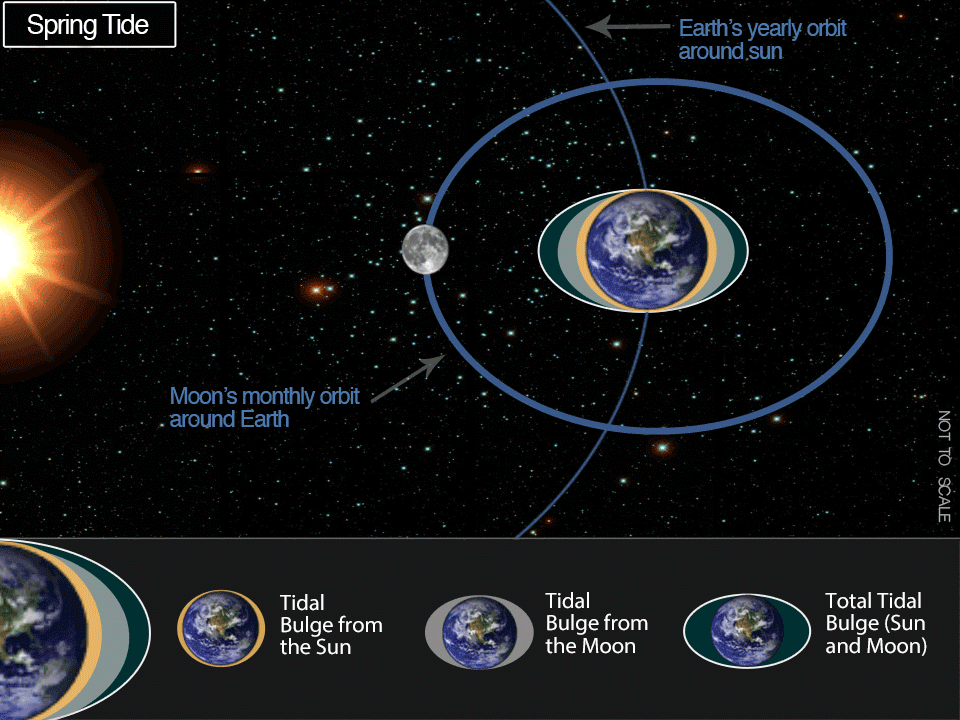
The area in which we conduct our GDEP research—the Georgia coast—experiences the highest tides in the Southeast United States. Georgia’s 100-mile-long coast features salt marshes—an incredibly productive natural system that acts as a nursery for a variety of organisms, including blue crabs, oysters, and shrimp. The tidal range experienced by the Georgia coast is a contributing factor to the productivity of this salt marsh system (Seabrook 2006).
Why Is the Water Dirty?
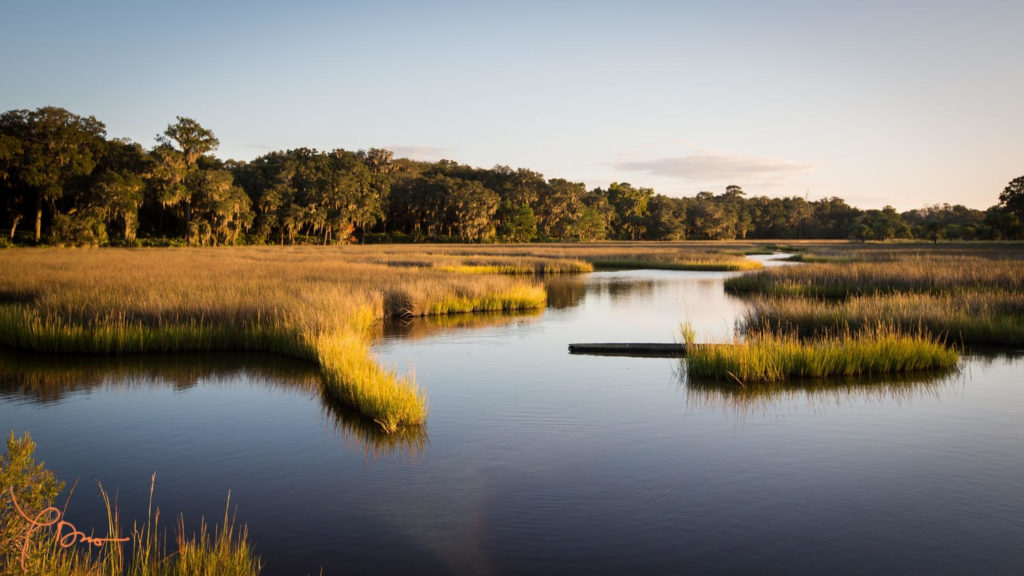
The Georgia coast is home to its share of industrial pollution, but that’s not what gives the water it’s greyish-brown appearance. The water here gets a bad rap and people sometimes have less-than-flattering opinions about the dingy color. To find out why Georgia coastal waters look the way they do, I went to Courtney Balling—a Ph.D. student at the University of Georgia who works with the UGA Marine Extension and Georgia Sea Grant to research nature-based erosion control techniques. (Want that translated? Click here.)
Her response to my question?
“It’s dirt!”
Balling explained, “Georgia has a lot of clay soils, and smaller soil particles like silt and clay stay suspended in the water longer than sand. These suspended sediments can make the water appear murky and brown.” Balling explained that the situation is a bit more complicated than this, noting that “primary producers like phytoplankton can also contribute to ocean water appearing murky, but they’re essential to the whole food chain.”
“If the water was COMPLETELY clear, there would be no life in it!”
So tell your friends. The water’s not dirty, folks. It’s full of life (including dolphins)!
How Do Dolphins Breathe?
We’ve talked about the tides, we’ve talked about the water, but how do GDEP’s study species—dolphins—breathe in the water?
Like humans, dolphins are mammals and they can’t breathe underwater. Instead, they use their blowholes to draw breath into their lungs. When dolphins surface, they first exhale through their blowholes before drawing the next breath. Want to learn more? Click here.
Here ends this tale of damaged pride with a call to arms…please send us your questions so we can feature them in upcoming Back to Basics posts! In the meantime, may you always have a smart phone in hand when asked a question by a child.


